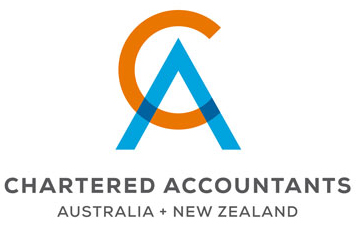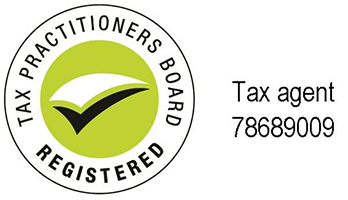Valuing Fund Assets for an SMSF’s Annual Return
The ATO has provided the following reminder and general advice for SMSF trustees regarding their obligations to value the assets annually.
One of many responsibilities trustees have when managing an SMSF is valuing the fund’s assets at market value. This must be done every income year, so the ATO knows the SMSF has complied with super laws.
The market value of an asset is the amount someone could be reasonably expected to pay if the asset was for sale. These valuations will be used when preparing the fund’s accounts, statements and SMSF annual return (‘SAR’).
Each year, the asset valuations will be reviewed by the fund’s approved SMSF auditor as part of the annual audit prior to lodgment of the SAR. The auditor will check that assets have been valued correctly, and assess and document whether the basis for the valuation is appropriate given the nature of the asset (note that the auditors are not responsible for valuing fund assets).
Trustees are reminded to get their valuations done before they go to the auditor, as this will streamline the process and avoid delays.
It’s also the trustees’ responsibility to provide objective and supportable evidence to the auditor for the valuation of the fund’s assets. This includes all relevant documents requested by the auditor. Failure to do so could result in a delay in auditing the fund and potential late lodgment of the fund’s annual return.
It could also result in a contravention if the auditor believes mistakes have been made.
Trustees should “start researching now” to find who can value the fund’s assets and what type of evidence is needed to support the valuation, as this can take time. In some instances,the law requires valuations to be undertaken by a qualified, independent valuer.
The ATO recommends that trustees have a look at its SMSF valuation guidelines for more information.
These valuation guidelines are available at Quick Code (‘QC’) 26343 on the ATO’s website.
Ref: ATO website – 19 September 2022

